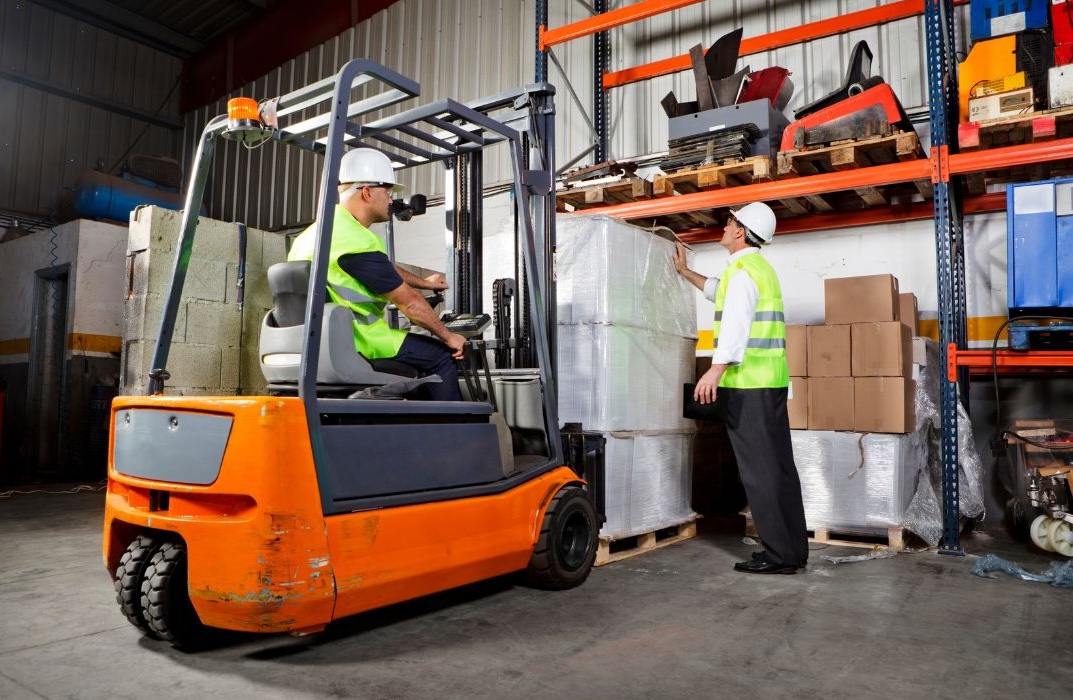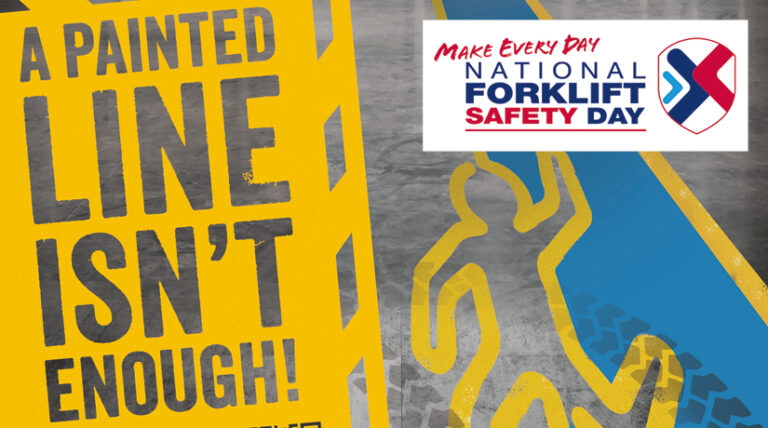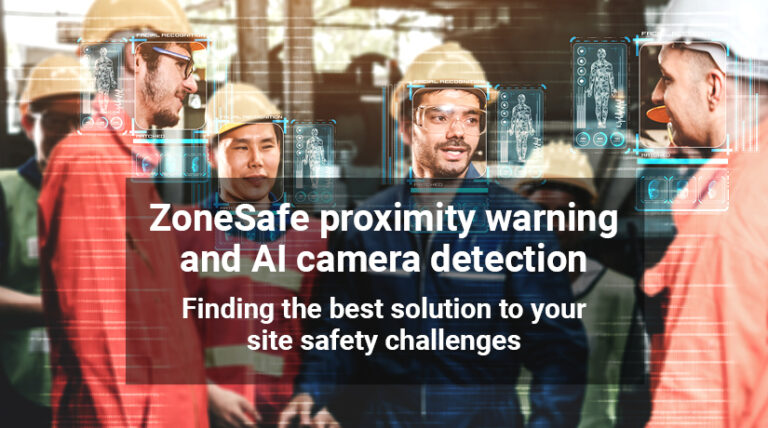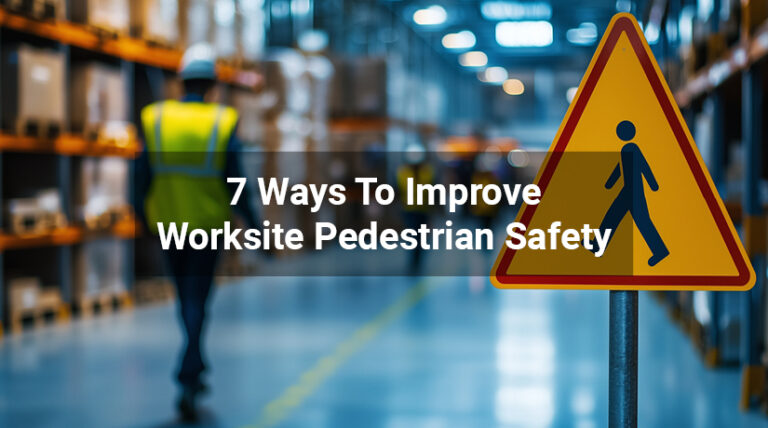An extremely high proportion of vehicle incidents at work involve pedestrians and not those in charge of or driving the vehicle.
The governing body for encouragement, regulation and enforcement of workplace health (HSE) stated in their injuries at work report for the year 2016/2017 that the main kind of fatal accidents for workers were those involving pedestrians struck by moving vehicles.*
The HSE has put together an easy-to-follow guide for managing pedestrians at work:
- Remember that you are not always visible to drivers
- Always stick to designated walkways and crossing points
- Do not enter ‘No pedestrians’ zones
- Do not walk beside a moving vehicle
- Do not approach a moving vehicle – wait until the driver acknowledges you
- Never walk behind a reversing vehicle – remember that they can have blind spots
- Remember that different vehicles have different stopping distances
- Always wear High Visibility clothing when working with vehicles**
This is a great guide for pedestrians to follow in the workplace, but it is extremely minimal, and does not guarantee that your particular workplace will avoid pedestrian fatalities.
But what other safety measures can you put in place?
When thinking about warehouses and large spaces that use industrial vehicles in close proximity of pedestrians, there are several ways that you can safeguard your workplace.
Here are a few examples:
- Mark separate routes for pedestrians, to keep the away from vehicles
- Use barriers or guard rails
- Crossing points should be used and should be clearly marked
- Separate doors should be used for vehicles and people
Using technology for even more safety
Radio-frequency identification uses electromagnetic fields to automatically identify and track tags attached to objects. The tags contain electronically stored information and can collect energy from a nearby reader’s radio waves.
RFID tags are used in many different industries. They are used to track livestock, used as a simple solution to track production through and assembly, and, for safety reasons, can create detection zones around vehicles, assets, crossing points (mentioned earlier) and walkways.
The ZoneSafe Proximity Warning System uses radio frequency identification (RFID) technology to create safe work environments by reducing the risk of accidental collisions between pedestrian workers and industrial vehicles.
Active tags are worn by personnel, fitted to assets or set up around hazards. They are identified by the system when entering the detection zone. This triggers an audible visual alert, warning vehicle operators of the tag’s close proximity to the vehicle.
Active tags are worn by personnel, fitted to assets or set up around hazards. They are identified by the system when entering the detection zone. This triggers an audible visual alert, warning vehicle operators of the tag’s close proximity to the vehicle.
ZoneSafe tags do not require line of sight, but will be detected regardless of obstructions, blind spots or poor visibility. The proximity warning system includes:
- 360 degree detection
- Single or multiple detection zones
- 3-9 metre detection range
- Detection – regardless of obstruction
- Event data and logging
Are you taking every precaution to ensure that your workplace is safe? ZoneSafe could prevent many vehicle and pedestrian incidents. Find out more about our Proximity Warning System here.
* http://www.hse.gov.uk/statistics/pdf/fatalinjuries.pdf
** http://www.hsa.ie/eng/Vehicles_at_Work/Workplace_Transport_Safety/Managing_Pedestrians_at_Work/





